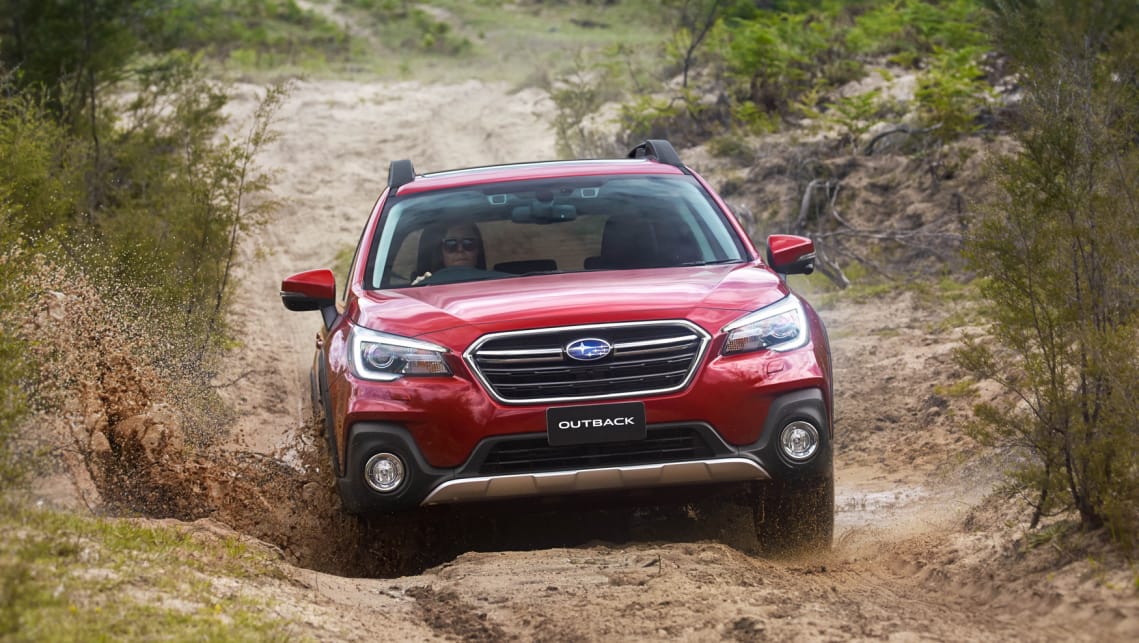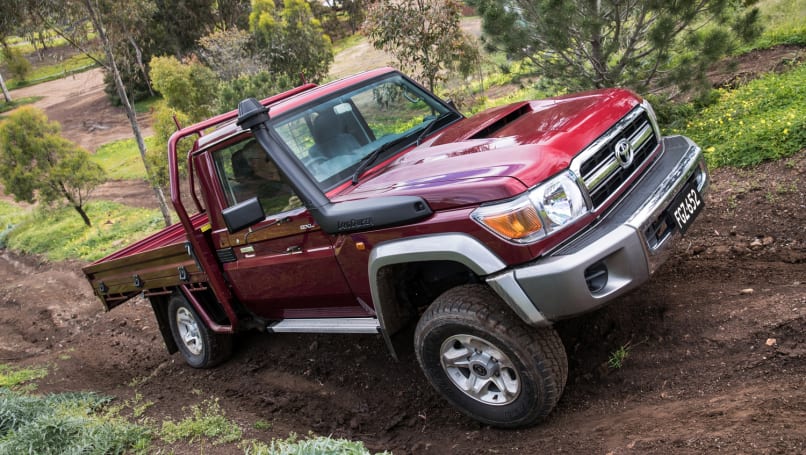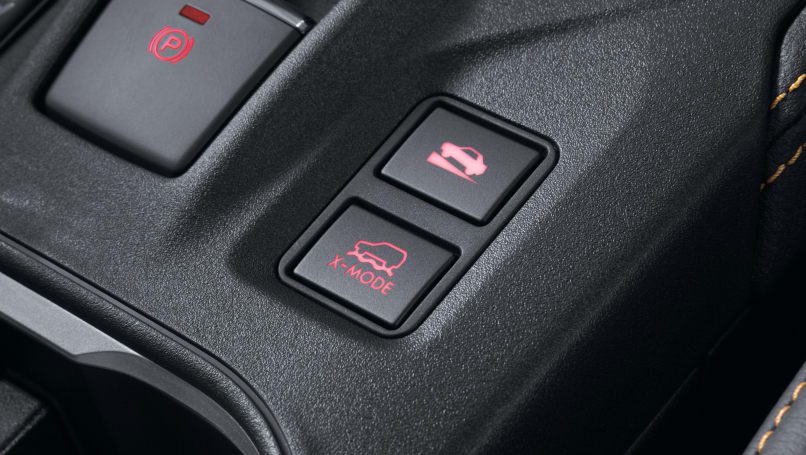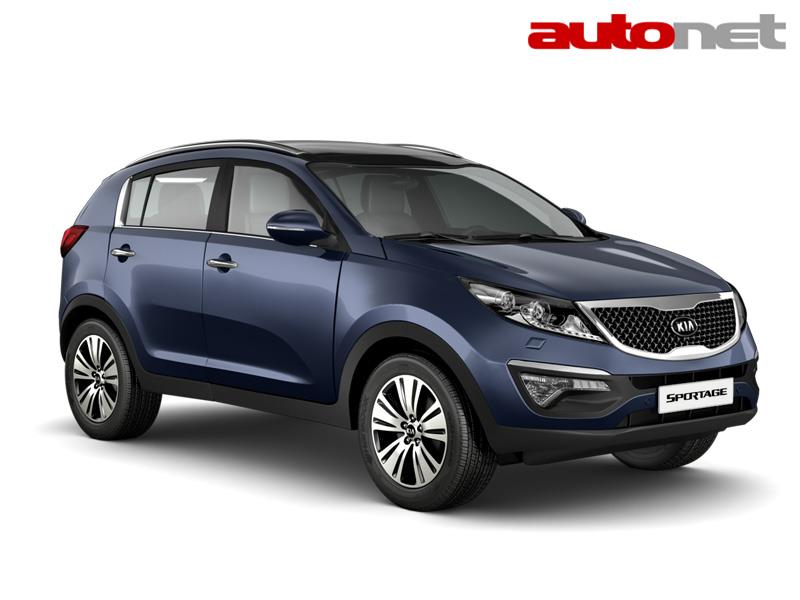
All wheel drive or all wheel drive | who cares?
Content

4WD, AWD, part time or full time. They are all different and they are all suitable for different driving situations.
So what's the difference between AWD and 4WD? Simply put, both AWD and 4WD systems drive all four wheels, hence their names, but things get more complicated from there.
However, Subaru has an elegant explanation: “All-wheel drive has become the accepted description of a car that constantly drives all wheels. 4WD is usually thought of as a car or, more typically, a larger SUV (Sports Utility Vehicle) that uses a driver-selectable system that mechanically engages all-wheel drive.”
In the real world things are never that simple, but as a general rule, XNUMXxXNUMXs are lighter and lower (think Subaru Forester et al) than XNUMXxXNUMXs and are more suitable for fast driving on roads and dirt roads than slow off-road driving. because they lack ground clearance. and a transmission designed to work in off-road conditions.
Cars with always-on all-wheel drive systems were designed and engineered for daily driving on asphalt "with occasional mud or light off-road use," says Subaru.
All-wheel drive vehicles (also known as 4x4s) are the other side of this automotive coin: they tend to be bigger, heavier, more reliable and better suited for hard driving at short distances*. (Don't worry: we'll explain what it is later in this yarn.)
The difference between AWD and AWD systems lies not only in the apparent similarity of the two systems, but also lies deeper in the intricacies of the systems themselves and the actual applications for which they were designed.
But which unit is better in confronting all-wheel drive and all-wheel drive cars? Which of the two is better on the road, off-road, and which is better for your family? Read on and find out.
Part-time 4WD explained
In most traditional off-road 4WD vehicles, power from the engine is by default sent to the rear wheels via a transfer case. The transfer case contains two gears that can be connected by a chain. You disconnect the chain for two-wheel drive - rear only - and it works in XNUMXWD mode; this locks the front axle speed to the rear axle speed.
The four-wheel drive works in 2WD on road, traction surfaces because you don't need all four for optimal traction like you would on gravel back roads or trails.
In part-time 4WD systems, sometimes referred to as 4x4 or on-demand 4WD systems, engaging the transfer case provides maximum drive in slow off-road scenarios. However, the wheels will still slip and scratch due to the loose surface, which ensures that any wheel twist will resolve itself by spinning to relieve tension.
However, on the road, the wheels must spin independently in order to corner. If the rotation of each wheel is limited by the 4WD system, when cornering, the tires will slip or rotate in an attempt to maintain a constant rotational speed.
If you've been using 4WD on the road for a long time, you're asking for contention: it will increase fuel consumption, cause unnecessary wear and tear on your vehicle, and worse, cause serious damage to it due to transmission winding (also known as transmission tie-up).
This is a situation in which your SUV's powertrain is under enormous stress due to extreme torque forces forcing your vehicle, locked in 4WD mode, through corners and turns while all four wheels are still spinning at that constant speed. .
If the tires cannot slip to release the pent up energy, this "twist" stresses the wheel hubs and transmission to the limit, which can be at the very least very expensive to repair and, at worst, very dangerous. .
Full Time 4WD Explained
Permanent 4WD constantly drives all four wheels. To get around the transmission kink problem mentioned above, the system uses a center differential (or simply differential) that provides different speeds for each axle.
Although the transfer case is constantly engaged to drive the front and rear wheels, the differential allows for different rotational speeds. This means that on the road, the XNUMXWD system won't try to keep each wheel at a fixed speed, avoiding potential drivetrain run-out.
On stock systems, the differential can be locked, causing the wheels to spin at the same speed and thus providing the same off-road gravel handling capability as its part-time counterparts.
Differential lock, rear or center, and low range engagement* are used when off-road driving becomes extremely difficult and you need optimal wheel traction and maximum torque from the transmission. (*We promise more on this below.)
Low Range 4WD Explained
 The Toyota LandCruiser 70 Series is an example of a low range all-wheel drive vehicle.
The Toyota LandCruiser 70 Series is an example of a low range all-wheel drive vehicle.
Part-time and full-time XNUMXWD vehicles tend to have a dual-range transfer case, and this gives you even more freedom when it comes to how far off the beaten track you can go.
First, high range: in 2H (two-wheel drive, high range) mode, two wheels, usually the rear wheels, drive the car. You use 2H for normal road traffic.
In 4H (4WD, High Range) mode, all four wheels drive the vehicle. You are using XNUMXH on surfaces that may need more grip than bitumen; think hard sand, dirt roads, gravel paths and the like.
Next up, low range: In 4L (XNUMXWD, low range) mode, all four wheels drive the car and a low gear ratio is used. Your car's wheels will spin much slower than at high RPM, so it's better to use slower speeds and much more torque.
You use the 4L for soft sand, sand dunes, steep hills and slopes, deep mud or snow, and slow rock crawling.
You used to have to shift to high or low range with a small switch (short knob) next to your main manual or auto shifter, and some of us from the "Old Days" even had to get out of our 4WDs and actually lock our manual-lock hubs on front wheels for off-road work; and then unlock them when you switch back to 2H. Not anymore; you can now switch to high or low range using a dial or knob in the cabin.
In many modern 4WD vehicles, you can shift from 2H to 4H without stopping, but shifting from 4H to XNUMXL requires a full stop.
Four wheel drive explained
 Subaru's permanent all-wheel drive is capable of transmitting up to 70 percent of the torque to the rear axle.
Subaru's permanent all-wheel drive is capable of transmitting up to 70 percent of the torque to the rear axle.
Four-wheel drive vehicles do not use a transfer case; they use a drive system with a mechanism—a limited-slip differential or an electronically controlled clutch—that directs torque where it is most needed for optimal traction, while still allowing for a rotation difference between the front and rear axles.
“In many AWD systems, the engine drives the front gearbox, which first drives the front axle through the front differential,” explains Subaru Australia tech guru Ben Grover.
“The rotation of the front axle, in turn, drives the central shaft on which the rear axle rotates.
“This means that most of the torque is sent to the front axle, while the rear driveshaft gets a maximum of 40 percent.
"On the other hand, Subaru's system primarily drives the center differential, which means the system can send up to 70 percent of the torque to the rear axle."
An always-on 4WD system will provide more traction than a driver-selectable XNUMXWD system in “an unexpected situation where a corner is more slippery than expected, or when immediate traction is required to safely navigate a confluent stream,” Subaru says.
Remember: XNUMXxXNUMXs are designed to be used on tarmac roads with little dirt or light off-road.
XNUMXWD explanation on request
 The Toyota Kluger is available with all-wheel drive on request in higher specification models.
The Toyota Kluger is available with all-wheel drive on request in higher specification models.
This is commonly used on passenger cars and more city-friendly SUVs.
Instead of full-time all-wheel drive, the car defaults to two-wheel drive (usually the front wheels). When the front wheels start spinning, sensors detect the loss of traction and redirect engine torque to the other axle to provide maximum traction.
It's a smart system because it doesn't give you what you don't need until you actually do it.
The reduced friction by driving only two wheels most of the time also results in lower fuel consumption than permanent all-wheel drive systems, which can provide greater savings over the life of the vehicle.
So, SUV AWD or 4WD?
OFF-ROAD (Sport Utility Vehicle) is an acronym originating in the United States and used to describe an off-road vehicle, usually an all-wheel drive vehicle built on a light truck chassis.
In recent years, the SUV has been increasingly used in Australia for market and marketing purposes as an all-encompassing name for any car-like vehicle, including even city-oriented "soft" crossovers. outdoors. "Off-road" has nothing to do with the type of drive a car has or its off-road ability.
Difference between AWD and 4WD - off-road
So, can you drive off-road with all-wheel drive? Of course you can, but we recommend that you don't take it too far with it. XNUMXWDs are lighter and smaller than XNUMXWDs and are well suited for driving on gravel roads, shaped trails, and light off-road conditions like hard beach sand and the like.
As mentioned, XNUMXxXNUMXs usually have lower ground clearance than their XNUMXxXNUMX counterparts and are therefore more susceptible to getting stuck on obstacles (rocks, stumps) or getting stuck in the terrain (deep sand).
You're also not afforded that much clearance when it comes to driving in deep wheel tracks or ruts, so the underbody is vulnerable to damage.
The XNUMXWD transmission is not designed to operate in harsh off-road conditions such as long periods of driving in soft sand.
XNUMXxXNUMXs tend to be larger, heavier, more reliable and have a drivetrain and chassis designed for the toughest off-road conditions, so they are very well suited for slow, rough terrain.
What is better, four-wheel drive or four-wheel drive?
It depends on what you are going to use it for.
Ask yourself: what is better for me - four-wheel drive or four-wheel drive? If you and your family love the outdoors and camping, but don't need to venture beyond the well-groomed gravel paths or paved trails in Australia's many national parks to get there, then a XNUMXxXNUMX offers comfort, safety and urban versatility. , country and country driving.
While the gap between XNUMXxXNUMXs and XNUMXxXNUMXs is closing fast, in terms of ride and handling, XNUMXxXNUMXs still tend to outperform XNUMXxXNUMXs on all comfort metrics.
But the 4xXNUMX's lower ground clearance and air intake, and its powertrain and chassis, which aren't as well-adapted to off-road loads as XNUMXxXNUMXs, mean XNUMXxXNUMXs are nowhere near as versatile. -and-beach capable as a purpose-built XNUMXWD.
If you have a large family and like to vacation in hard-to-reach places that are difficult to get to with anything other than a LandCruiser, then you need a 4WD. These cars have a transmission, gearbox, suspension, ground clearance, air intake height, not to mention the angles of entry, exit and acceleration to overcome off-road better than all-wheel drive.
A plethora of optional equipment is also available for XNUMXWD vehicles – suspension upgrades, snorkels and more – to further enhance their off-road capabilities.
Editor's note: This post was originally published in June 2015 and has now been updated for accuracy and completeness.

